Recreational Land Use Ideas: Make the Most of Your Land
Reading Time: 14 minutes
Ever thought about what to actually do with that piece of land you just bought or plan to buy soon?
You’re not alone. A lot of people buy land with big ideas, but it ends up sitting there. Not because they don’t care, but because they’re not sure where to start. That’s where recreational land use comes in. Basically, it’s using your land in ways that bring you joy, help you relax, maybe even earn a little income and it doesn’t have to cost a fortune.
This kind of land use is perfect for nature lovers, weekend wanderers, or anyone who’s been scrolling through listings for land for sale and wondering if it’s really worth it. Spoiler: It can be.
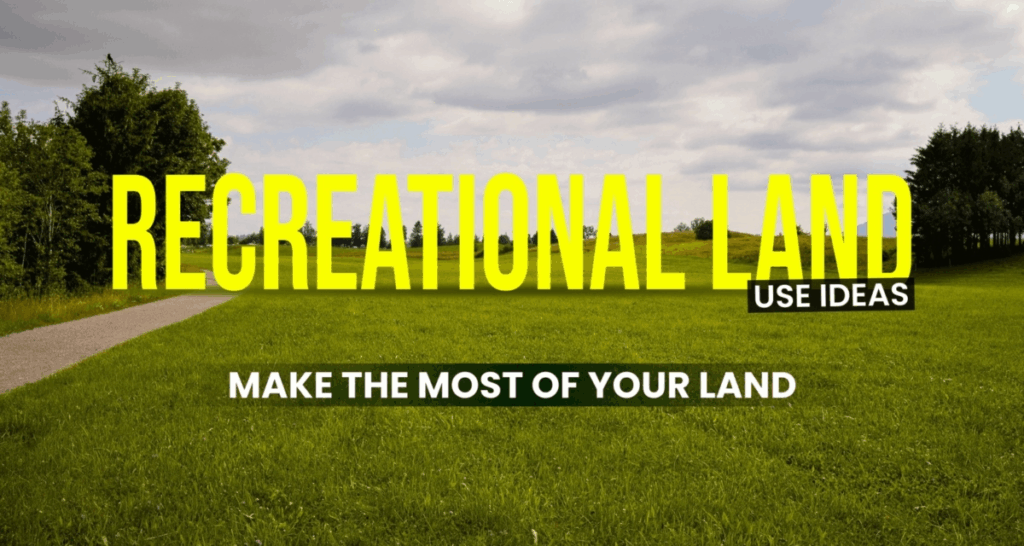
Table of Contents
- Understanding What Is Recreational Land?
- Why Recreational Land Use Matters
- Creative and Smart Recreational Land Use Ideas
- Getting Started: Tips for Smart and Safe Land Use
- Start Small, Grow Later
- Ask Smart Questions
- Pro Tip: Match the Land to Your Vision
- Wrapping Up: Your Land, Your Story
- FAQs
Understanding What Is Recreational Land?
Let’s keep it simple: what is recreational land?
It’s land used for personal enjoyment nothing commercial or overly developed. So that could mean hunting land, hiking trails, weekend camping, even just somewhere to watch the sunset in peace.
A lot of properties like this fall under recreational zoning, which means the land is officially meant for outdoor or leisure use. But not all land comes labeled that way, so before you start building or making plans, it’s worth looking into your local land zoning and regulations.
That’ll help you figure out what’s allowed and what’s not like whether you can put up a small structure, camp overnight, or have guests.
Why Recreational Land Use Matters
So why does recreational land use matter so much?
Honestly, it’s not just about having a place to go camping or building a hiking trail in your backyard. It’s about having a little slice of the world where you call the shots. A space that’s just yours. Something you can enjoy now and have it grown in value over time. And yeah, if you’re thinking long-term, buying land as an investment isn’t a bad idea either.
There are a bunch of reasons this kind of land is worth using:
- It gives you a peaceful escape from the everyday grind.
- You get more use out of your land year-round.
- Your property slowly becomes more valuable.
- It naturally gets you spending more time outside.
- You’re doing your part for nature, even in a small way.
- It might even bring in a little rental income.
- And it’s a smart play if you’re thinking about raw land investment.
At the end of the day, the importance of recreational land use is about freedom. Freedom to unplug, relax, build, explore or just breathe. Even small changes can make a big difference, especially with land prices going up.
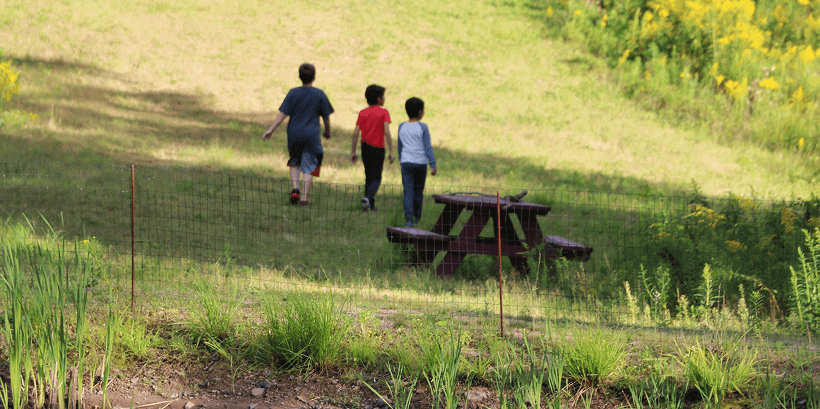
Creative and Smart Recreational Land Use Ideas
Now comes the fun part how can you actually use your land? Whether you’re trying to decide among the types of land to buy or already own some acreage, here are some top ideas that blend fun, purpose, and practicality.
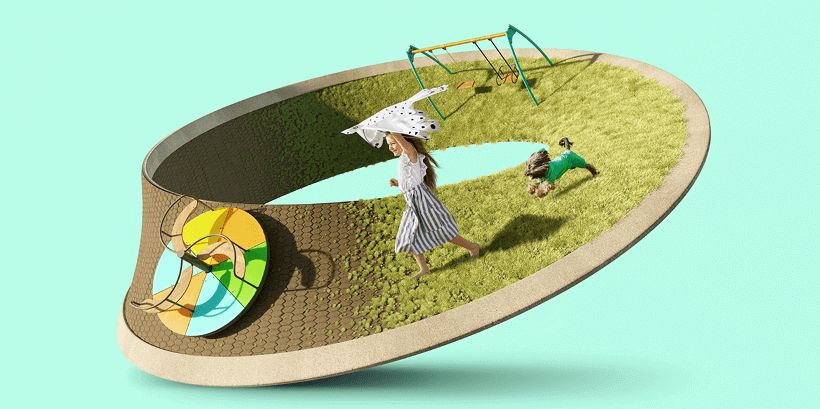
Set Up a Private Camping Spot
The easiest place to start. Clear a flat area, throw in a fire ring, maybe some hammocks, and just like that you’ve got your own personal campsite. No reservations needed.
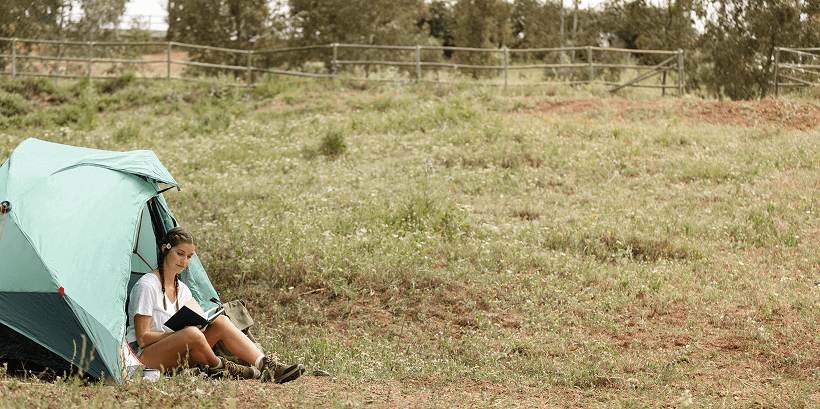
Create Hunting Grounds
If your property gets regular wildlife traffic, consider turning it into hunting land. With a few trails, a blind, and maybe a food plot, you could even lease it out to local hunters when you’re not using it.
Build Nature Trails
Make your land walkable. A few simple trails through the woods or fields add huge value not just in dollars but in peace of mind. Perfect for morning walks or just exploring with the family.
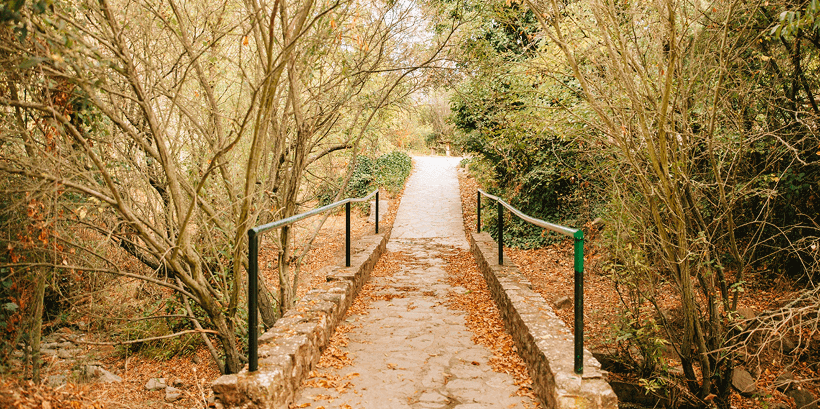
Off-Grid Cabin or Retreat
Want to really unplug? A small, solar-powered cabin could be your go-to getaway. If you’re curious about off-grid living or diving into a beginners guide to homesteading, this is a great way to dip your toes in.
Wildlife or Bird Sanctuary
Got trees? Or a pond? You could easily set up a bird-watching zone or just let your land be a safe space for wildlife. It doesn’t take much just time, and a little love for the land. One of the best examples of recreational land use, honestly.
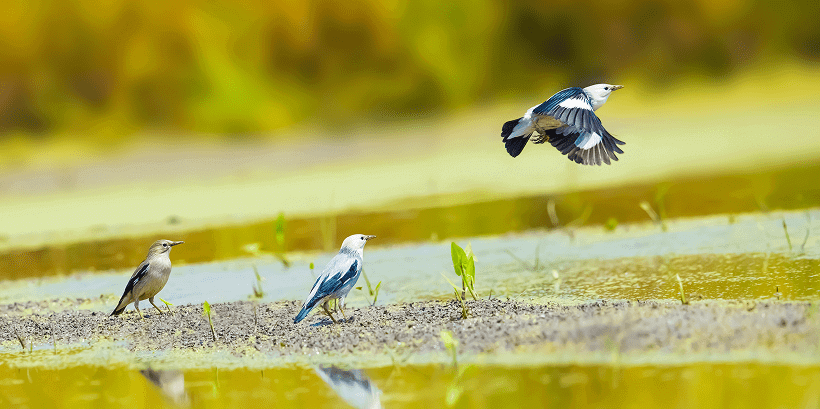
Family Space or Weekend Escape
Whether you’re hosting campouts, teaching your kids to start a fire, or just needing a place to disappear from notifications, this is it. This is what land is for.
Getting Started: Tips for Smart and Safe Land Use
Getting started with recreational land might sound like a big deal, but it really doesn’t have to be. Whether you’ve already bought your plot or you’re still looking around, there are a few simple things you can do early on to make sure you’re on the right track and not walking into a bunch of surprises later.
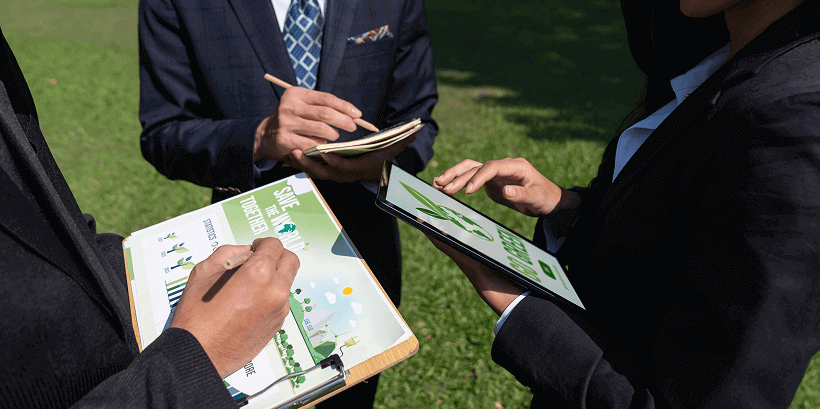
Start with the Do’s
These are some solid moves to make right away whether you’re planning to go camping, build something small, or just use the land for chill weekends outdoors.
Do check the zoning
This one’s important. Before you start digging or setting up anything, take a minute to check what your land is actually zoned for. If it’s under recreational zoning, you’re probably good for things like camping or trails but not everything is automatically allowed, so better to be sure than sorry.
Do walk the land regularly
Seriously get out there and walk it. Not just once, but a few times. You’ll learn a lot by spending time on the property. You might find the perfect flat spot for a tent, or notice water pooling somewhere after rain. You’ll get a better feel for the land and what parts are best for what.
Do keep your plans flexible
You might start out thinking you’ll build a cabin but then realize it’s actually perfect for a campsite with a fire pit and some hammocks. The more time you spend on your land, the more your ideas will evolve. That’s normal just go with it.
Do think long-term
Even if you’re starting small right now, think about where this could go. Maybe down the road you’ll want a weekend cabin or set up a space for friends and family to hang out. Having that long-term vision helps you make better decisions early on.
Watch Out for the Don’ts
These are the mistakes a lot of people make when they’re just getting started easy to avoid if you know what to look for.
Don’t assume you can build anything anywhere
Owning land doesn’t give you a free pass to do whatever you want on it. Always check the local rules and land zoning and regulations first. Something as simple as putting up a small shed could need a permit depending on where you are.
Don’t ignore access and utilities
A lot of cheap land looks great in pictures, but when you try to get to it? No road, no power, no water. That stuff matters more than you think especially if you’re planning to use the land often or eventually build something there.
Don’t skip the small stuff
Little details like soil quality, slope, or how close you are to a main road might not seem like a big deal at first but they can affect what you’re able to do on your land later. Pay attention now, save yourself hassle later.
Understand the Legal Side
Alright, it’s not the most exciting part, but this stuff matters. Every county, every township, they’ve all got their own rules. Some places are super laid-back, others want permits for everything including camping more than a few nights in a row.
If your land is under recreational zoning, that’s a great start. But don’t stop there check if things like overnight camping, building decks, or adding solar panels are actually allowed. Sometimes it’s just a quick approval, other times it’s more complicated.
If you’re not totally sure what’s allowed, talk to the seller, or better yet, give the county planning office a call. They’ve dealt with every question under the sun yours won’t be the weirdest, promise.
Start Small, Grow Later
You don’t have to do everything at once. In fact, starting small is usually the smartest move. Things like a gravel driveway so you can actually get onto the land, a rainwater barrel to collect water, some solar lights to brighten the evenings, or a composting toilet for basic needs those kinds of simple upgrades make your land way more usable, without costing a ton.
Especially if you’re focused on buying cheap land, these little add-ons can turn an empty piece of property into a peaceful weekend spot you actually want to visit. No rush, no pressure. Just take it slow and let the land grow with you.
Thinking about what to do next? Just grab a pair of boots, head out to your land, and take a good, slow walk around. Maybe bring a notepad, maybe just your weekend thoughts. Got questions about what’s allowed? Give your local zoning office a quick call they’re used to these kinds of things.
Still in the daydream phase? No rush. Jot down what really matters to you before you buy like, do you need easy road access? Want to build later? Or just looking for a peaceful spot to unwind?
If you already own land but haven’t touched it yet, why not make this the month you finally do something with it? Clear a little path, set up a firepit, spend one night under the stars just pick one small thing and roll with it.
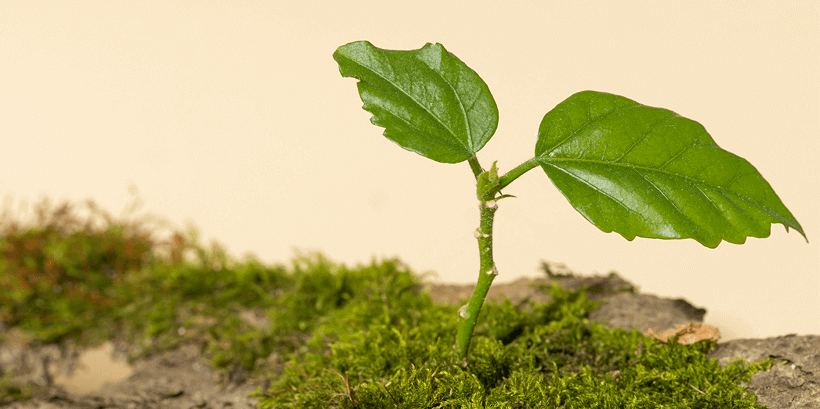
Ask Smart Questions
If you haven’t bought land yet, use a good land buying guide and don’t be shy about asking the right questions. Some key questions to ask when buying land:
- Is it accessible year-round?
- Are utilities nearby?
- Any weird easements or restrictions?
- Is the land flat or sloped?
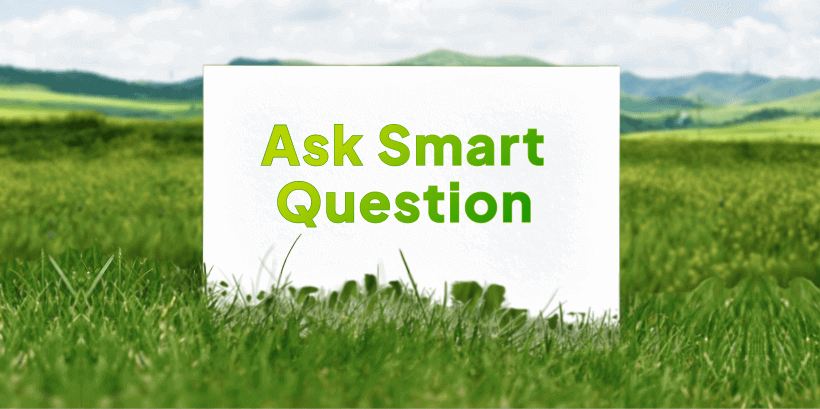
Pro Tip: Match the Land to Your Vision
Choose the land that fits your dream. Don’t settle for whatever’s cheapest match the types of land to buy with your goals. Want quiet and privacy? Go rural. Want to hunt? Look for woods and water. Want to build later? Think about proximity to roads and services.
Not sure how to pay for it? A lot of people go with owner financing, which lets you break up payments without dealing with the bank. Especially helpful if you’re buying your first plot or looking at buying land as an investment.
And when it comes to choosing the best place to buy land in the USA, it really depends on what you want to do. Some states are more flexible. Some have cheaper land. Some offer better resale. It’s not one-size-fits-all.
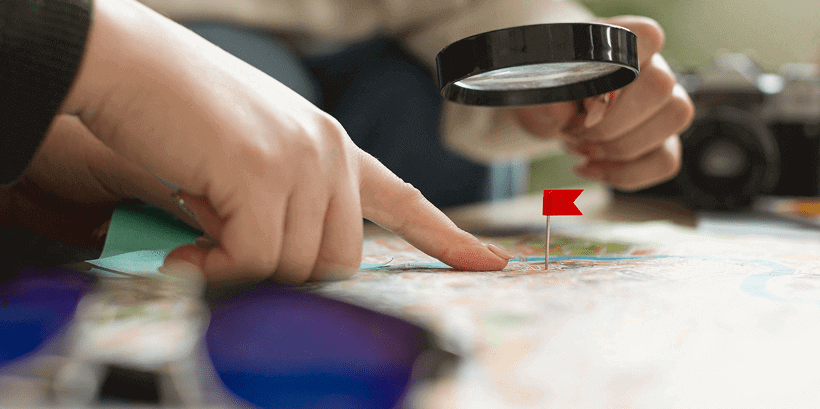
Wrapping Up: Your Land, Your Story
Owning land is exciting but it’s what you do with it that matters most.
Recreational land use is one of the easiest, most rewarding ways to get started. You don’t have to spend a fortune or build a mansion. A tent, a trail, a weekend away from your phone that’s where the magic starts.
Whether you already own a property or are exploring land for sale, this is your chance to turn a blank canvas into something meaningful. Something fun. Something yours.
FAQs
Sustainable Land Management Practices for a Greener Tomorrow
Reading Time: 10 minutes
Land’s not just dirt we build stuff on anymore. It’s one of the most valuable things we’ve got, especially now. Whether you’re out here looking for land for sale or already knee-deep in land ownership, the way we use and develop land today seriously affects tomorrow. That’s why sustainable land management practices are starting to matter more than ever.
Gone are the days when folks could just bulldoze a hillside, put up a strip mall, and call it progress. Now it’s about doing it smarter, greener, and in a way that doesn’t mess everything up for the next generation. This one’s for anyone thinking about buying land as an investment, exploring the best place to buy land in the US, or wondering how to develop land sustainably.
Table of Contents
- Understanding Sustainable Land Development
- Why Eco-Friendly Practices Matter
- Sustainable Approaches to Land Development
- Eco- friendly Practices for Maintaining Land
- Preserving the Natural Environment: Sustainable Actions
- Challenges People Face with Sustainable Development
- Real-Life Success Story
- Sum Up
- FAQs
Understanding Sustainable Land Development
So, let’s break it down. Sustainable land development basically means using land in a way that works for today and still leaves something behind for the future. It’s about making smart choices that don’t trash the environment.
Mainly all the traditional practices usually focus only on short-term use without foreseeing future goals. Sustainable approaches always have a vision and focus on balance with both the future and environment in mind. It is all about building a healthy, happy life with the land. Minimizing damage keeps environmental systems super strong. These days, land management practices are about balance. It is a mindset shift that focuses from “taking” to “working with.”
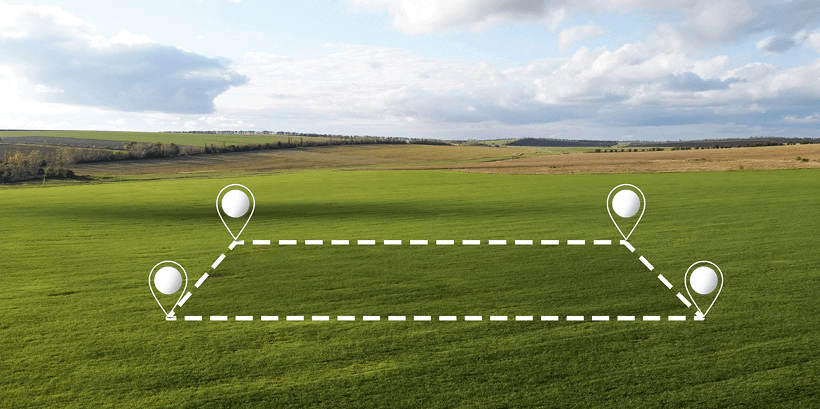
Why Eco-Friendly Practices Matter
Land is considered as a finite thing. Once we ruin the land, it is tough to recover. Poor planning can ruin the quality of the soil, pollute the rivers, destroy all the plants and hurt our wildlife. All these problems are not far away from impacting people right now and in the future. This could result in costly floods, droughts and even more unstable property values.
On the other hand, when you adopt sustainable land management, everything just functions better. Even if you’re into Raw land investment or looking for Cheap Land, doing it the sustainable way sets you up for bigger gains later. Healthy land always makes better investments and provides security for generations to come in the long run. It is not only about saving the planet it’s also about protecting what you have worked so hard to own for you and future generations.
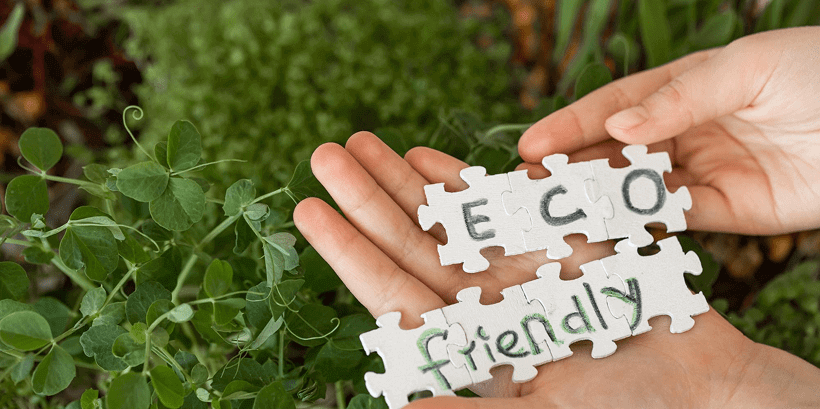
Sustainable Approaches to Land Development
So, what does sustainable land development look like in regular day to day practice? Here are some key approaches:
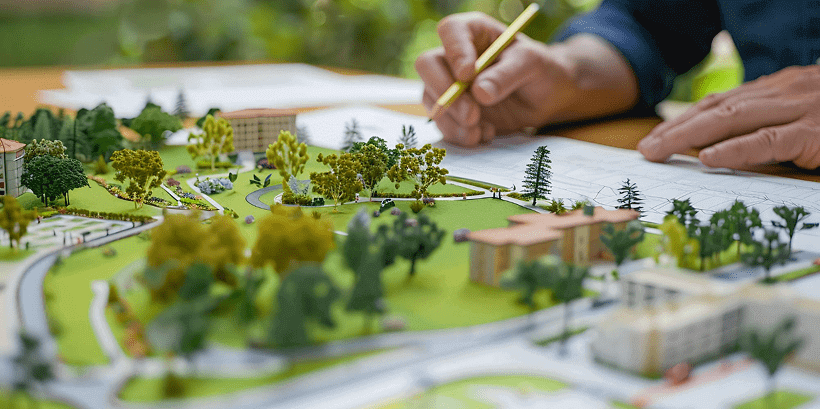
1. Smart Site Selection and Planning
You should always select the land that suits your plans without disturbing its natural systems and health too much. Look always for strong soil, natural drainage system and areas where all the infrastructure is easier to build. Always need to check and understand land zoning rules and regulations before starting construction to avoid all future conflicts.
2. Green Infrastructure
Always add various features like rain gardens, natural drainage channels or permeable walkways. These help water soak into the ground, prevent flooding related issues and protect soil health in the long run.
3. Energy-Efficient Design
Development of buildings on your land should work in a very peaceful manner with natural light, wind and temperature. The proper use of Off-Grid Power Solutions like solar panels, designing for ventilation and insulating properly always reduces energy use and saves you money over time.
4. Low-Impact Construction
You do not always need to flatten every inch to build something very meaningful. Try to use recycled materials, reuse resources and choose construction teams who are experts and understand eco-friendly practices. Try to build in a way that has little impact on the land as possible.
Eco- friendly Practices for Maintaining Land
Buying and developing land sustainably is the very first step but it all depends on how you care for that property afterward.
Soil Health and Erosion Control: Use natural compost, avoid harsh and expensive chemicals and keep ground cover with plants that will always help to prevent the soil from washing away.
Water Conservation: Collecting and storing of rainwater, using greywater and planning for an efficient drainage system will ensure that resources are not wasted.
Native Plant Landscaping: Local plants are more resilient and easier to grow and survive, saves money on care and attract pollinators too that strengthen the ecosystems.
Wildlife Preservation: Protect existing habitats as much as possible. Leave some space for birds, bees and local animals to thrive alongside you for good health.
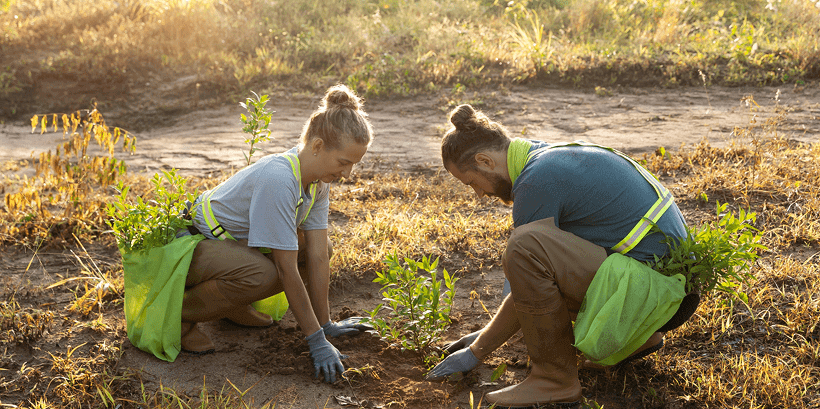
Preserving the Natural Environment: Sustainable Actions
Even small changes of everyday can make a huge impact on sustainability:
Limited Land Clearing: Keep clean space with old trees, bushes and natural slopes. They prevent erosion and support to keep a good and healthy environment.
Reforestation: If you cut down trees, you should plant some new ones together. Trees always help with shade, soil strength, air quality and even mental health.
Waste Management During Development: Recycling and reusing leftover wood, bricks and even concrete can save a huge amount of money for a longer run. What you see as a scrap may still have some value for any another purpose.

Challenges People Face with Sustainable Development
Living sustainably is not always easy. Check some of the common challenges:
Higher Upfront Costs: Eco-friendly solutions sometimes cost you much more upfront, but it usually saves money in a long-term on bills and maintenance.
Regulation and Zoning Limits: Some of the areas are having strict laws that can limit whatever you do. Learning about all such zoning, deeds and titles before buying land can save stress later.
Lack of Awareness: Not every builder knows about how to build the sustainably. Sometimes you need to guide them the process and insist them on eco-friendly options for betterment of the future.
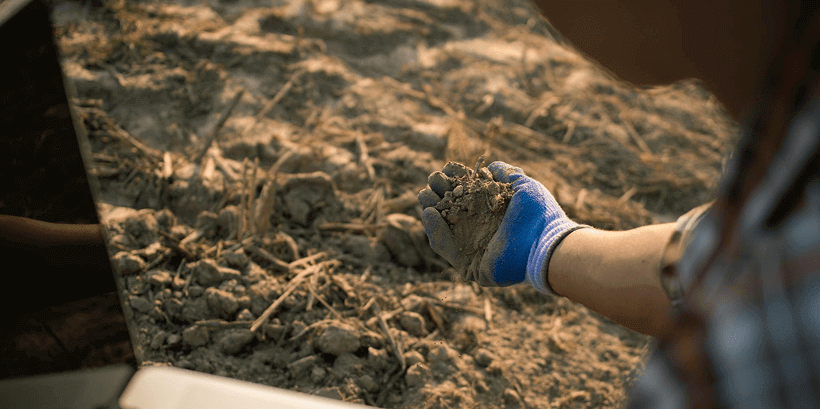
Real-Life Success Story
Across the U.S., most of the landowners are proving that sustainable development truly works for healthy and a happy future.
Some homesteaders buy remote land and use that as off-grid energy solutions like solar panels and wind power to create self-sufficient houses. While others buy cheaper rural land and transform it with the natural building materials and renewable source of energy systems. Developers are meeting demand for all the eco-friendly living by offering rentals, cabins and owner-financed lands according to your budget that blend comfort with sustainability.
The results speak for themselves: Healthier land, stronger communities, happier owners and properties that grow in terms of value while helping the environment always returns a good value later.
Sum Up
In terms of a long-term return, sustainable land use is more than rules or trends. It is all about respect. Respect towards the nature, respect for our own future and respect for the land we call our home.
If you are considering land for a home, a retreat or even a long-term investment take time to think about the future that you will leave behind. Make choices that give you comfort today while preserving investment opportunity for tomorrow.
Land is a very limited recourse. Once it is ruined, we will not be able to get it back. Let us choose and use it wisely, so that owning any part of the land means more than building but it means caring.
Look at your options. Check out the land buying guide, ask yourself what kind of footprint you want to leave, and whether you really know how to buy land the smart way.



